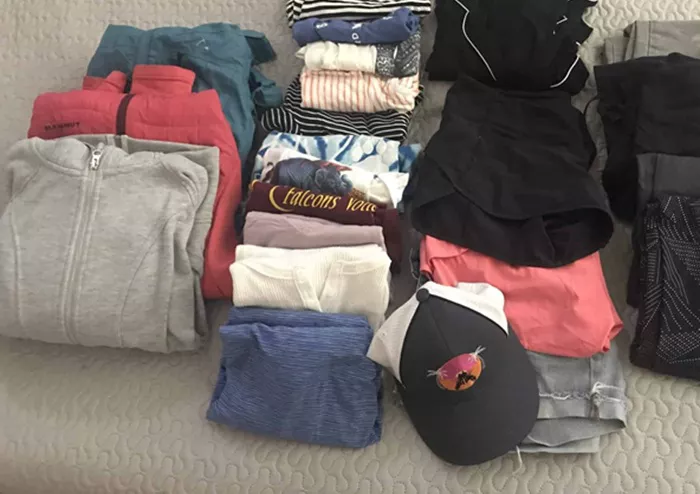Camping is a fantastic way to reconnect with nature, but packing the right gear can make or break your trip. Whether you’re a beginner or an experienced camper, this guide will help you prepare for a smooth and enjoyable 2-day adventure.
1. Shelter and Sleeping Gear
Tent
A reliable tent is your home in the wilderness. Choose one that’s easy to set up and fits your group size. A 2-3 person tent works well for solo campers or couples.
Sleeping Bag
Pick a sleeping bag rated for the expected temperature. For summer camping, a lightweight bag (30-50°F) is ideal. In colder weather, go for a warmer option.
Sleeping Pad or Air Mattress
The ground can be hard and cold. A sleeping pad or inflatable mattress adds comfort and insulation.
Pillow (Optional)
A compact camping pillow improves sleep quality, but you can also use a stuff sack with clothes inside.
2. Cooking and Food Supplies
Portable Stove or Campfire Gear
If campfires are allowed, bring matches, a lighter, and fire starters. Otherwise, a small gas stove is a great alternative.
Cooking Utensils
Pack a pot, pan, spatula, and a sturdy knife. A foldable camping set saves space.
Food and Snacks
Plan easy-to-cook meals like pasta, canned food, or pre-made sandwiches. High-energy snacks (nuts, granola bars) keep you fueled.
Water and Filtration
Carry at least 2 liters of water per person per day. A portable water filter or purification tablets are useful for refilling from natural sources.
Cooler (If Needed)
If bringing perishables, use a cooler with ice packs.
3. Clothing and Footwear
Weather-Appropriate Clothing
- Base Layer (Moisture-wicking fabric)
- Insulating Layer (Fleece or down jacket for cold nights)
- Outer Layer (Waterproof jacket)
Extra Socks and Underwear
Wet socks can ruin your trip. Pack extras!
Sturdy Hiking Boots or Shoes
Comfortable, waterproof footwear prevents blisters.
Hat and Gloves (If Cold)
Protect against sun or chilly weather.
4. Safety and Navigation
First Aid Kit
Include bandages, antiseptic wipes, pain relievers, and any personal medications.
Map and Compass (or GPS)
Even if you use a phone, a physical map is a reliable backup.
Multi-Tool or Knife
Useful for repairs, food prep, and emergencies.
Flashlight or Headlamp
A hands-free headlamp is best for nighttime tasks.
5. Hygiene and Personal Items
Biodegradable Soap and Toothbrush
Eco-friendly products minimize environmental impact.
Toilet Paper and Trowel
For digging a small hole if no restrooms are available.
Hand Sanitizer
Keeps hands clean when water is scarce.
Sunscreen and Bug Spray
Protect against sunburn and insect bites.
6. Extras for Comfort and Fun
Camping Chair
Lightweight foldable chairs make sitting around the fire more enjoyable.
Power Bank
Keeps your phone charged for emergencies.
Book or Games
Great for relaxing at the campsite.
Camera or Binoculars
Capture memories or spot wildlife.
Conclusion
- Check the weather and adjust your packing list.
- Test your gear (tent, stove) before leaving.
- Leave no trace—pack out all trash.
With this checklist, your 2-day camping trip will be comfortable, safe, and fun. Happy camping!
Related topics:
What to Bring for a 2-Day Camping Trip
Best Fold-Up Chairs for Camping: Your Ultimate Guide
Why Are Backpacking Tents So Expensive?

